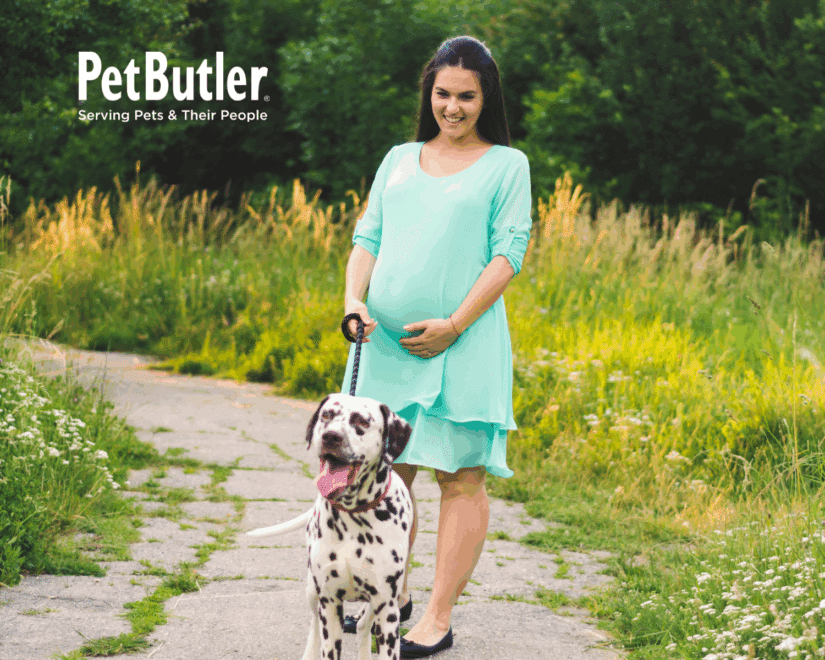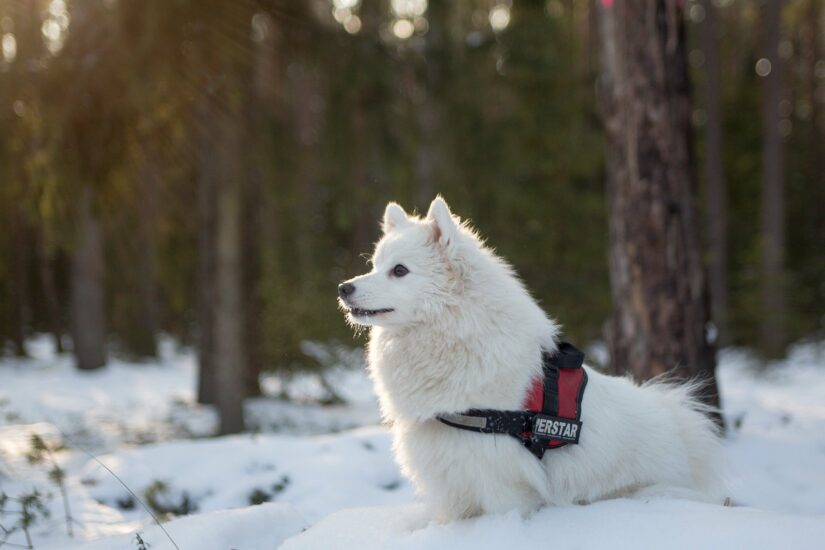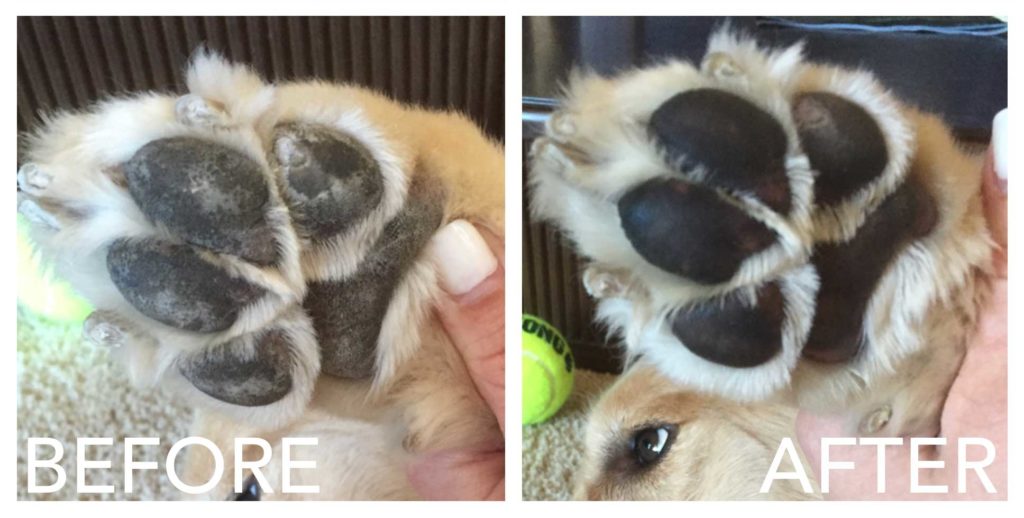Pregnancy is a beautiful — and sometimes overwhelming — season in many people’s lives. From navigating what foods are safe to eat, to learning what chores you should avoid, every decision is a bit more significant when you’re protecting two lives instead of one.
One question that often comes up for pet parents: “Is it safe for pregnant women to pick up dog poop or scoop cat litter?”
The answer is nuanced. While handling dog poop comes with some health considerations, scooping cat litter carries a much higher risk due to a parasite called Toxoplasma gondii. Let’s unpack both scenarios so you can make safe, informed decisions for yourself and your baby.
Can Pregnant Women Pick Up Dog Poop?
For expectant mothers, cleaning up after your dog is generally considered lower risk than cat litter — but it’s not completely risk-free.
What the Experts Say
Dog poop does not transmit toxoplasmosis (the parasite linked to pregnancy risks), but it can still harbor harmful bacteria and parasites. According to the Centers for Disease Control and Prevention (CDC), dog feces may contain:
- E. coli
- Salmonella
- Roundworms and hookworms
- Campylobacter
While most healthy adults can fight off these infections, pregnancy suppresses your immune system. This makes you more vulnerable to illness, which could complicate your pregnancy or affect your baby’s health.
Safety Precautions for Dog Poop Handling
If you choose to scoop your dog’s waste while pregnant, here’s how to lower your risk:
- Wear disposable gloves before handling any waste.
- Use a scooper tool instead of direct bag contact.
- Wash hands immediately after disposal, using warm water and soap for at least 20 seconds.
- Avoid touching your face during cleanup.
- Disinfect your yard regularly if you allow your dog to go outside unsupervised.
If this sounds like a hassle — or you’d simply prefer not to take the risk — outsourcing can give you peace of mind. Professional services like Pet Butler’s pet waste removal ensure your yard stays clean without the health risk to you. More than one fur baby? You can even get a customized quote for pet waste removal for multiple dogs, to see what it might cost to hand this chore off entirely.

Can Pregnant Women Scoop Cat Litter?
When it comes to cat litter, the health risk is significantly higher.
Why Cat Litter Is Riskier
Cat feces can carry Toxoplasma gondii, the parasite that causes toxoplasmosis. According to the American College of Obstetricians and Gynecologists (ACOG), contracting toxoplasmosis during pregnancy can cause:
- Miscarriage
- Stillbirth
- Premature birth
- Developmental delays
- Vision and hearing problems in the baby (ACOG: Toxoplasmosis and Pregnancy)
Cats become infected by eating contaminated raw meat, birds, or rodents, and then shed the parasite in their feces. Once in the litter box, the parasite’s eggs become infectious after 1–5 days — which is why cleaning frequency matters.
Safety Tips for Pregnant Cat Owners
- Avoid scooping litter entirely if you can. Ask your partner, family, or roommate to handle it during your pregnancy.
- If you must do it, take precautions:
- Wear disposable gloves and a mask.
- Wash hands thoroughly after.
- Clean litter boxes daily, before the eggs become infectious.
- Keep cats indoors to limit their exposure to prey.
- Do not adopt new cats or kittens during pregnancy, since younger cats are more likely to shed the parasite.
Safe Alternatives for Expecting Pet Parents
If you want peace of mind and fewer chores during pregnancy, Pet Butler can help. We handle dog poop scooping and yard clean-up, so you don’t have to worry about it. From regular visits to on-demand pickups, we ensure your outdoor spaces stay clean while keeping your workload light. We can stop by while you’re at work, on the road, or make things easier while you WFH. Not sure if Pet Butler serves your area? Start by viewing our locations page to find the branch closest to you.

FAQs About Handling Pet Waste While Pregnant
Can I walk my dog while pregnant?
Yes, walking your dog is typically safe and even beneficial during pregnancy as long as you feel comfortable. Just avoid overly strong pulling dogs and icy or uneven ground.
What if I already scooped cat litter before knowing I was pregnant?
Don’t panic — most exposures don’t cause illness. Talk to your doctor about a blood test to check for past or recent toxoplasmosis infection.
Can wearing a mask protect me from toxoplasmosis while scooping litter?
Masks and gloves can lower your risk, but the safest option is to avoid scooping entirely if possible.
Are there safe cleaning alternatives to bleach for litter boxes?
Yes, hot water and mild detergent can sanitize litter boxes effectively without strong fumes. Just make sure the box dries fully before refilling.
How often should my yard be cleaned if I’m pregnant and have dogs?
Ideally, waste should be removed daily to minimize exposure. If you don’t want to handle it yourself, a professional scooping service like Pet Butler is your safest bet.
The Takeaway
- Dog poop: Generally safer than cat litter, but still requires gloves, handwashing, and caution.
- Cat litter: Riskier due to toxoplasmosis — best avoided entirely during pregnancy.
- Solution: Protect yourself and your baby by outsourcing waste cleanup.
Pregnancy is a time to focus on health, rest, and preparing for the journey ahead. Let Pet Butler take over the dirty work — whether it’s dog poop, cat litter, or broader pet care services — so you can enjoy peace of mind. Start today by requesting a quote or checking our locations page to find a branch near you.




